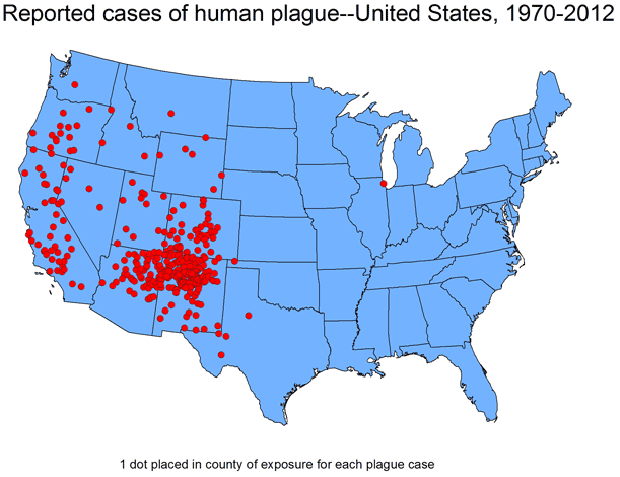Couple dies of bubonic plague after eating raw marmot meat in Mongolia
Ulaanbaatar, Mongolia — A Mongolian couple has died of the bubonic plague after eating raw marmot kidney, triggering a quarantine that left tourists stranded in a remote region for days, officials said Monday. The ethnic Kazakh couple died May 1 in Nogoonnuur soum, in Mongolia's westernmost province of Bayan-Ulgii, which borders Russia and China.
"The two dead were local people," said local governor Aipiin Gilimkhaan. "There were no cases reported after them."
According to a statement sent to CBS News from the World Health Organization, the provincial emergency committee and National Center for Zoonotic Diseases sent a rapid response team with laboratory staff to the affected province. The WHO office in Mongolia is involved in the risk assessment and monitoring the situation.
A six-day quarantine was declared for people in the region, preventing nine tourists from Russia, Germany and Switzerland from leaving.
"We are all fine. No one is ill," said a German tourist named Teresa, who did not want to give her last name.
Sebastian Pique, a 24-year-old American Peace Corps volunteer who has lived in the region for two years, said he and the tourists were invited to the governor's office on Friday to be informed about the situation.
"After the quarantine (was announced) not many people, even locals, were in the streets for fear of catching the disease," Pique told the AFP news agency.
The quarantine was lifted on May 6 after no other cases of the plague were reported. Authorities have warned people against eating raw marmot meat because it can carry Yersinia pestis, the plague germ. At least one person dies of the plague every year in Mongolia, mostly due to consuming such meat, according to the National Center for Zoonotic Disease. Some people ignore the warnings as they believe that consuming the innards of the large rodent is good for their health.
Plague, sometimes known as the Black Death, wiped out millions of people in the Middle Ages during widespread outbreaks the mid-1300s. It is estimated to have claimed the lives of 60 percent of the European population, with some estimates placing the human death toll that century at 200 million.
Even though cases are rare today, it is a common misconception that the plague has been wiped out. Cases have even been known to occur in the U.S., transmitted primarily through contact with wild rodents in western states. In June 2015, a star high school athlete in Colorado died of septicemic plague, an infection from the plague that entered his bloodstream.
Its most common form is bubonic, which is spread by the bite of fleas carried by infected rodents and causes swelling of the lymph node. Dead animals are generally viewed as carriers of the disease. The more virulent form is pneumonic plague, which can be transmitted between humans through coughing. The hallmark symptoms of the plague are painfully swollen lymph nodes, known as buboes, along with fever and chills, a severe headache, body aches, and exhaustion.
Plague can be treated with antibiotics if it's caught early, but that doesn't always happen because the illness is so rare and initial symptoms like fever and body aches mimic those of the flu.





